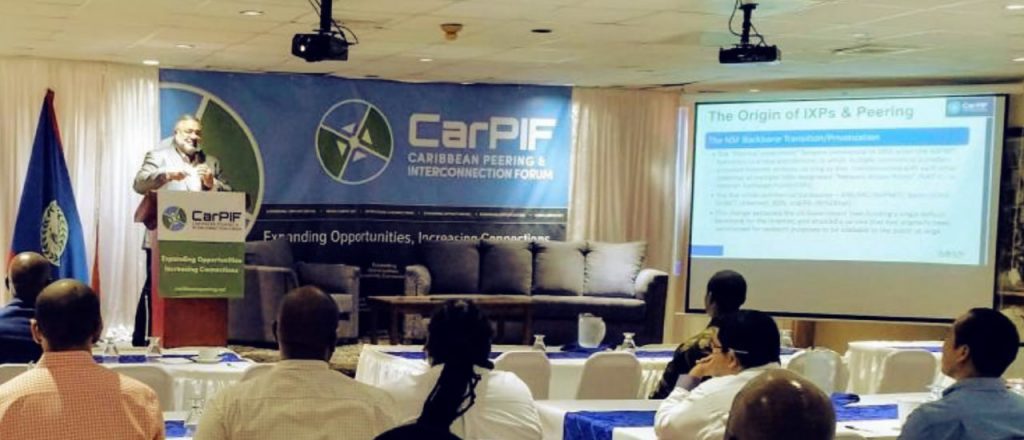0
May is well in the books and summer seems to be in full swing with recent heatwaves across the country. Since we know life can get pretty busy and you may have missed some of May’s great content, we’ve rounded up some of our favorite podcasts, blog posts, and articles for you here. So settle in, hopefully, stay cool, and get ready for all things open networking!
From Cumulus Networks:
Minipack Highlight Video from OCP Summit: Listen to Brian O’Sullivan & Michael Lane, VP of Business Development at Edgecore Networks discuss the recently launched Minipack, open, modular switch.
Kernel of Truth season 2 episode 7: Certifications: Listen as we discuss the value of certifications, if any, what works for certifications and what doesn’t, who should be taking certifications and more!
Installing Cumulus packages on air-gapped equipment: Check out this excerpt to help you get additional packages into an air-gapped environment for the install where you don’t have a repo or mirror available to pull from.
ngrok on Cumulus Linux: If you have a good idea of what ngrok is and what it does, here are step-by-step instructions for turning up ngrok ssh services on Cumulus Linux.
The Continue reading

 In this episode, you’ll hear from Andre Kindness, Principal Analyst, Forrester Research; Jeff...
In this episode, you’ll hear from Andre Kindness, Principal Analyst, Forrester Research; Jeff... Cisco is pushing network operators to view 5G as an opportunity to design their networks around the...
Cisco is pushing network operators to view 5G as an opportunity to design their networks around the... The Spain-based telecom giant plans to offer the service through a virtual network function...
The Spain-based telecom giant plans to offer the service through a virtual network function... The endpoint security company, founded by former McAfee executives, sold 18 million shares priced...
The endpoint security company, founded by former McAfee executives, sold 18 million shares priced... The company's Crosswalk open source framework "codifies" AWS best practices into a single platform.
The company's Crosswalk open source framework "codifies" AWS best practices into a single platform.
